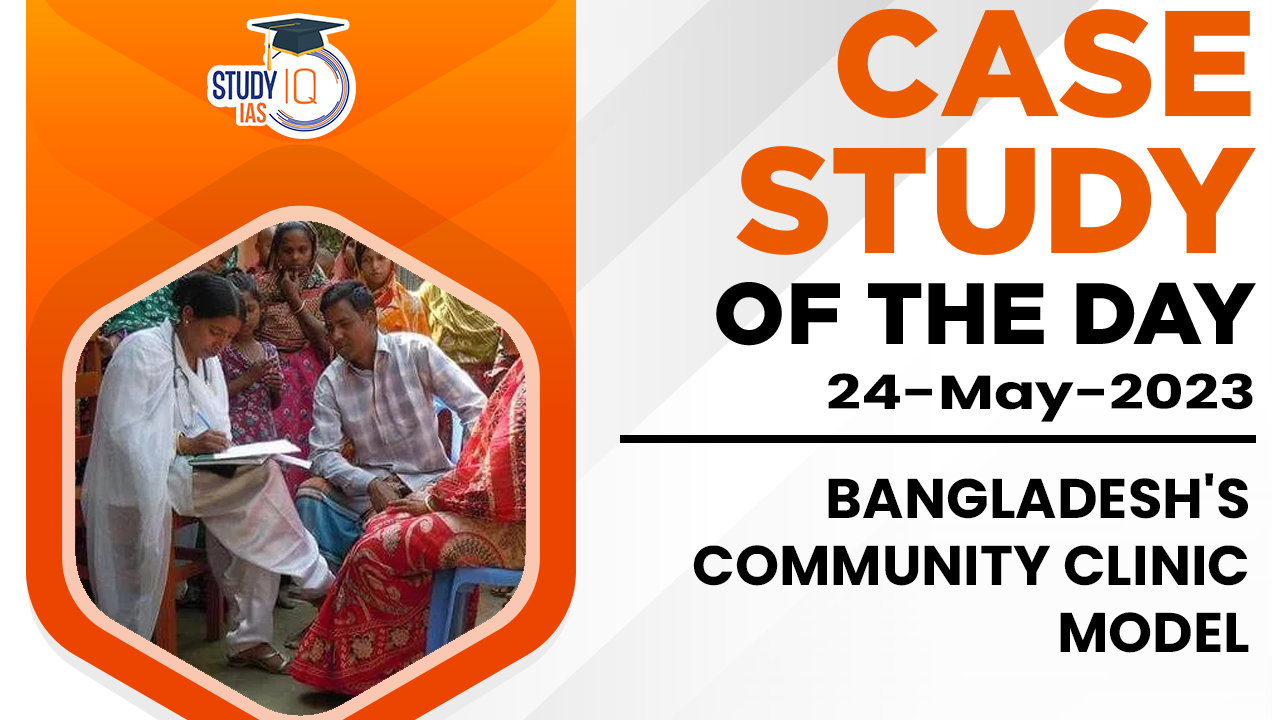Table of Contents
Introduction
Bangladesh, a densely populated South Asian country, faces numerous healthcare challenges, including limited access to quality healthcare, especially in rural areas. To bridge this gap, the Government of Bangladesh introduced the Community Clinic model in 1998, with the aim of providing essential primary healthcare services to the grassroots level.
Key Features
- Accessibility: The clinics are strategically located, with one clinic serving approximately 6,000 people, ensuring easy access for rural communities.
- Comprehensive Services: Community Clinics provide a wide range of essential healthcare services, including basic curative care, maternal and child healthcare, family planning, immunizations, and health education.
- Skilled Workforce: Each clinic is staffed with a trained healthcare provider, known as a Community Health Care Provider (CHCP), who delivers primary healthcare services, facilitates referrals, and engages in health promotion activities.
- Medicines and Supplies: The clinics are supplied with essential medicines and basic medical equipment, ensuring that patients receive necessary treatments.
- Health Information System: A digital health information system, known as “Health Assistant,” is utilized for data collection, monitoring, and reporting, facilitating evidence-based decision-making.
Achievements and Impact
The Community Clinic model has demonstrated remarkable achievements and a positive impact on healthcare in Bangladesh:
- Improved Access: With over 18,000 Community Clinics established across the country, the model has significantly increased healthcare access for rural populations.
- Reduction in Maternal and Child Mortality: The clinics have contributed to a decline in maternal and child mortality rates by providing antenatal care, safe deliveries, postnatal care, and immunizations.
- Disease Prevention and Control: Community Clinics have played a crucial role in preventing and controlling diseases through vaccination campaigns, health education, and early detection of outbreaks.
- Increased Family Planning Services: The clinics have played a pivotal role in increasing access to family planning services, leading to a decline in fertility rates and improved maternal health. ‘
- Empowerment of Female CHCPs: The model has empowered female CHCPs, as over 95% of them are women, providing employment opportunities and empowering them to make a positive impact on their communities.
Challenges and Lessons Learned
- Workforce Capacity: Ensuring an adequate number of skilled CHCPs and maintaining their competency remains a challenge.
- Resource Constraints: Limited funding, infrastructure, and supplies pose challenges to sustaining and expanding the model.
- Quality Assurance: Ensuring consistent quality of services across all clinics requires continuous monitoring, training, and supervision.
- Community Engagement: Active community participation and ownership are crucial for the success of the model, requiring continuous efforts in community mobilization and awareness.
- Scalability and Replicability: The Community Clinic model has the potential for scalability and replication in other countries facing similar healthcare challenges. Its success lies in its community-based approach, integration of services, and utilization of digital health systems.
Bangladesh’s Community Clinic model has transformed the primary healthcare landscape by providing accessible, comprehensive, and quality services to rural populations. Its achievements in improving healthcare access, reducing maternal and child mortality, and empowering women have made it a valuable model for countries worldwide. By addressing the existing challenges and capitalizing on its strengths, the Community Clinic model holds immense potential for further expansion and replication, contributing to global efforts in achieving universal healthcare coverage.


 Daily Quiz 11 July 2025
Daily Quiz 11 July 2025
 Operation Baam: Baloch Separatist Group ...
Operation Baam: Baloch Separatist Group ...
 Article 326 and Electoral Roll Revision ...
Article 326 and Electoral Roll Revision ...





















